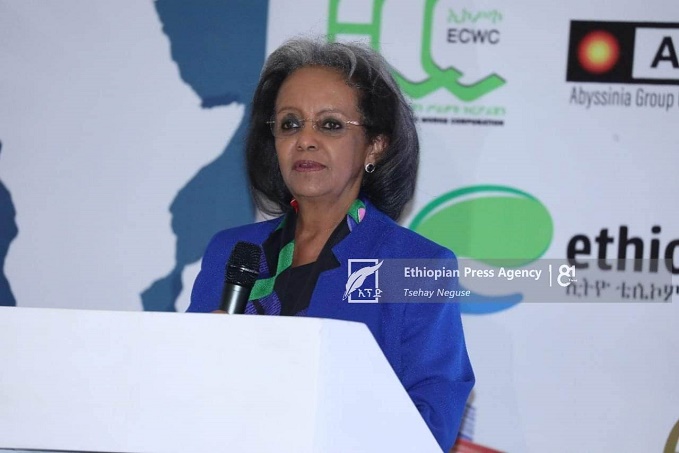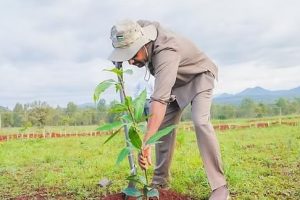
BY EPHREM ANDARGACHEW
The issues of hunger, poverty, and malnutrition have been continuous challenges to developing countries. Hence, states in the world have designed various policies, strategies, and approaches to find a solution. Even, they believe that science and technology have been a remedy to ensure socio-economic development when they have acted in an interdisciplinary manner to solve the challenges.
Indeed, the current agriculture practices require high-tech technologies. Farmers and others use science and technology to collect data, analyze efficiency, monitor growth, and quality, and more to save money and get better yields.
Promoting the utilization of science and technology in agriculture has a significant role to advance the productivity, quality, efficiency, and competitiveness of agriculture, contributing to the modernization of agriculture and rural areas, ensuring food security, social security, and income improvement for agricultural producers and traders.
Moreover, science and technology in agriculture facilitate the use of high-yield and high-quality seeds, the adaptation to climate change, the application of mechanization, and the implementation of advanced technical processes are increasingly being enhanced.
For instance, in the field of horticulture, the relatively high rate of using improved seeds has promoted productivity and production efficiency. In the same venue, the employment of science and technology in the field of animal husbandry improves the productivity of some major livestock breeds. The same is true for the forestry and fisheries sectors.
Cognizant of this, Ethiopia has been working to be self-sufficient in food at the family and country levels. Especially, following the political reform, the government has designed various strategies including green legacy and avocado development to ensure food security across the country. The government has also introduced cloud seeding technology in the agriculture sector.
Minister of Planning and Development Dr. Fitsum Assefa stated that in the last two years, the government has prepared Ethiopia’s Food System Transformation Roadmap under the leadership of the Ministry of Agriculture and Health. Accordingly, the green legacy initiative, summer wheat production, and the Yelemat Turufat programs are leading to this success.
Ethiopian President Sahle-Work Zewde said transforming the agriculture sector in Ethiopia needs strong cooperation among stakeholders and partners as well as the use of science and technology.
The country has immense agricultural potential, the president stressed the need for continuous discussion, strong cooperation among stakeholders and partners, and the use of the latest science and technology to tap Ethiopia’s agricultural potential and ensure food security and nutrition.
The agricultural practice in the world is changing with science and technology, and modernizing the agriculture sector in Ethiopia needs the use of science and technology as well as strong cooperation of all stakeholders and partners. The president further stressed the need to transform the lives of women engaged in the agriculture sector by providing technological and expert support.
Basically, technology has a major role in farming and agriculture practices. With the advent of digital technology, the scope of agricultural practices has widened. This as a result reduces losses and increases efficiency as well as improves crop yields and supports an increase in the income of the farming community.
Regarding the impact of climate change on developing countries, Ethiopia should work on preventing the impacts of climate change instead of reducing climate change consequences. Therefore, to succeed in Green Legacy and food security, it is a key to further strengthen the efforts, President Sahle-Work stated.
Minister of Agriculture Oumer Hussien said Ethiopia has achieved well in wheat production, Green Legacy, and oilseeds, as well as prioritized livestock products. Particularly, wheat-cultivated land in the country has expanded from more than 1.3 million hectares of land in two rounds this year to over 680,000 last year.
Regarding the Green Legacy that took place in the past four years, about 25 billion tree seedlings were planted and 767,000 jobs were created. Besides, Ethiopia has 36 million hectares of arable land, of which 13.4 million hectares of land have been cultivated. Nonetheless, the national demand from the agriculture sector is huge when compared to what has been done, he elaborated.
In fact, the government has been striving in preparing policies and strategies as well as reforming the agriculture sector. Hence, the results obtained in the sector, especially in the green legacy initiative and summer wheat productions are encouraging and could be taken as a model for other countries. To further modernize the agricultural sector and make it more efficient, and compete with other countries, a lot of work needs to be done in science and technology in agriculture.
The Ethiopian Herald 11 December 2022





